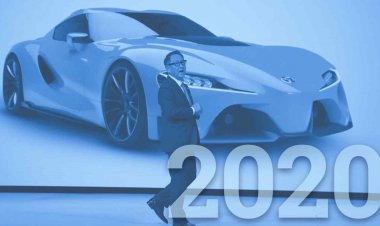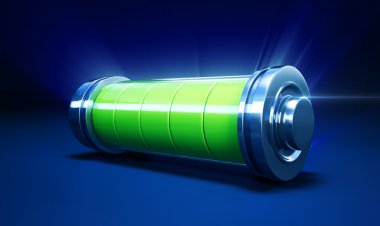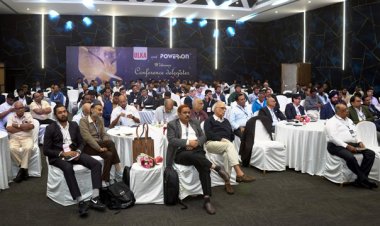Revolutionary Liquid Metal - Magnesium and Antimony Metal Battery
Liquid Metal Battery (LMB) is combination of 2 metals- Magnesium and Antimony. The founder Professor Donald Sadoway claims its life span can stretch to 13 years with 5000 cycles and retain 99% of initial Capacity.

This concepts brought by Professor Donald Sadoway in 2001. Donald Robert Sadoway is the current John F. Elliott Professor of Materials Chemistry at the Massachusetts Institute of Technology also he presents himself as an Educator, Inventor, and Environmentalist as well.
The concept of Liquid Metal Battery (LMB) is stated as revolutionary because it is not just efficient but also very cost-effective than all other precious metal batteries but the questions came across our mind that What is Liquid Metal Battery and How it works? and why do we need it when we do have lithium-ion and lithium-ion scrap technology for the battery?
The liquid metal battery concept was futuristic, it was created a long time ago in favor of the environment and people’s pockets as the lithium-ion batteries work well than the old ones but gave unfavorable results towards the environment and neither are they cost-effective. Also, lithium-ion batteries have flooded the market for grid storage, opportunities for safer and longer-life batteries which they are not.
So let’s dive into the detailed expedition of Liquid metal batteries to answer the following questions.
What is Liquid Metal Battery and How it contrive?
Liquid Metal Battery is a game-changing technology, it is comprised of the lowest density liquid Magnesium which is a very good electron donor and a bad metal, a molten salt electrolyte, and a cathode comprised of solid particles of antimony which is considered as worst metal, these metals are abundant and doesn’t dissolve into each other like oil, water, and Vinegar that’s how the need of separator is not required in LMB.
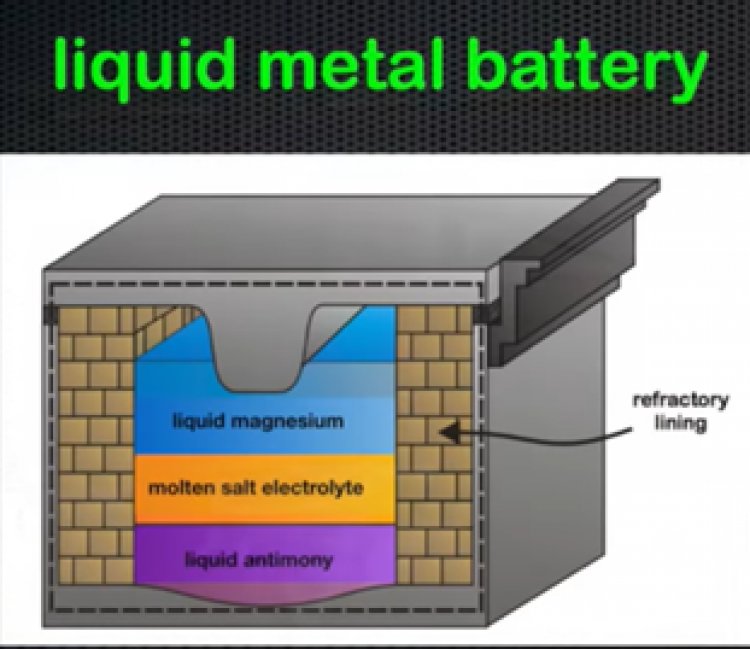
This is how LMB looks like, It has three metals that don’t dissolve and remain separate in a reflector lining which makes it safe as Manganisium, salt electrolyte and liquid antimony remain solid at room temperature, it only melts when attached to the power.
The process of this battery began when the metals are in liquid form at 475-degrees Celsius and magnesium wants alloy with the antimony but the magnesium is insoluble in salt so the magnesium becomes magnesium ion to go through the salt so that it can reach antimony and then the electron goes to the electric circuit where it does work and down here they recombine so the top layer of magnesium becomes thinner and bottom layer of liquid antimony becomes deeper and for a charge, the electric current is forced through and the electrorefining back so the Magnesium goes back to the top where it is stored while purifying the magnesium, purify the salt and purify the antimony and then it returns to its condition.
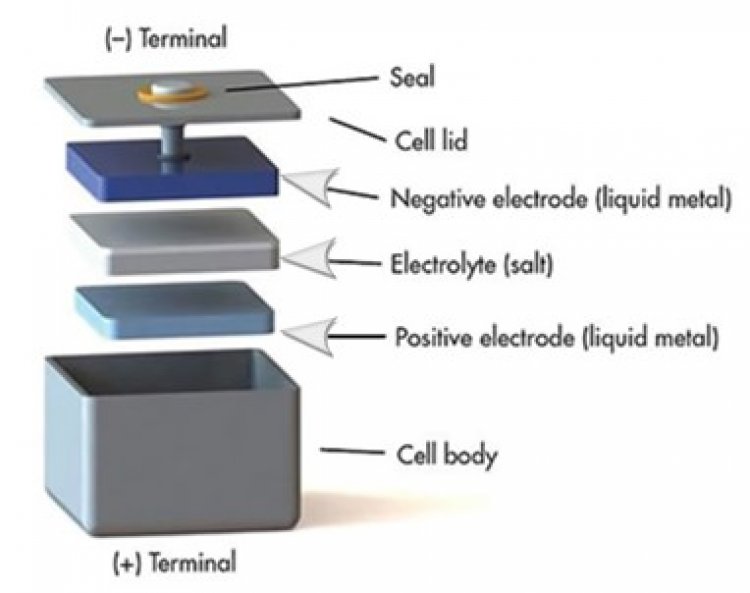
Or if say in other words that the active materials in Battery cells reversibly is alloy and de-alloy while charging and discharging. The electrolyte is thermodynamically stable with the electrodes, avoiding unwanted side reactions such as film-formation that can degrade the performance of other cell chemistries. Furthermore, the negative electrode is fully consumed when discharged, and then is reformed on every cycle, resulting in a highly repeatable process with no memory effect. Liquid metal battery technology avoids common degradation mechanisms that cause capacity fade in other chemistries with these unique operating characteristics.
These thrift elements Magnesium and antimony are not the only metals that can be implied in liquid metal batteries there is a plurality in metals that can replace these metals. In the Periodic table of the Elements, you’ll find marked elements in different colors, Red marked are the elements replaceable with magnesium, and the rest of the marked elements are substitutes of Antimony.
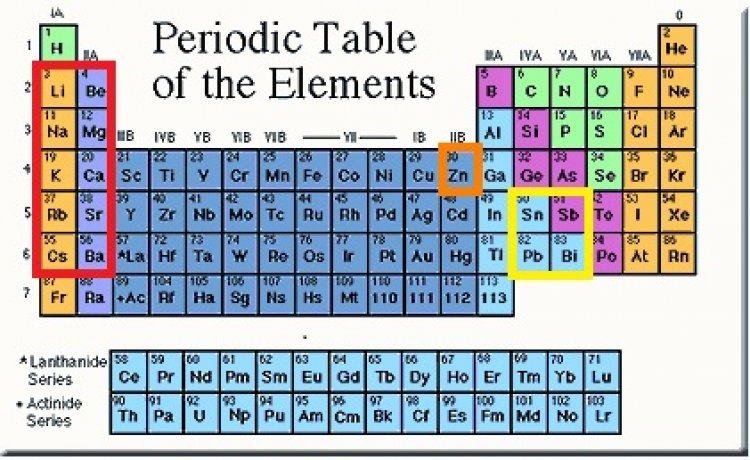
If we look at the Attributes of Liquid Metal Battery then we’ll see that it gives numbers of relaxations like it is self-assembling and easy to manufacture as well. Also, LMB is self-heating at a commercial scale, its round trip efficiency is equal to 75% which is more than pumped hydro, it is Immune to thermal Runaway, it is safe to ship even by air where Lithium-ion battery can’t be ship through by air and the use of inexpensive, low-cost and thrift materials and a low number of steps in the cell assembly process makes is the very cost-effective battery.
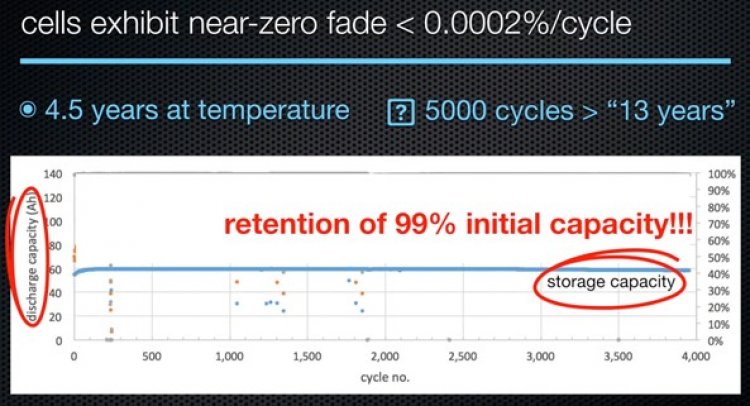
The LMB disbursing rate is very low as the metals used in the battery do not burn, the founder claims its life span can stretch to 13 years with 5000 cycles. And Liquid Metal Battery retention of 99% initial Capacity.














